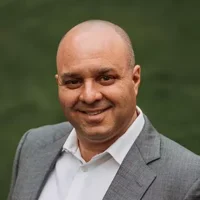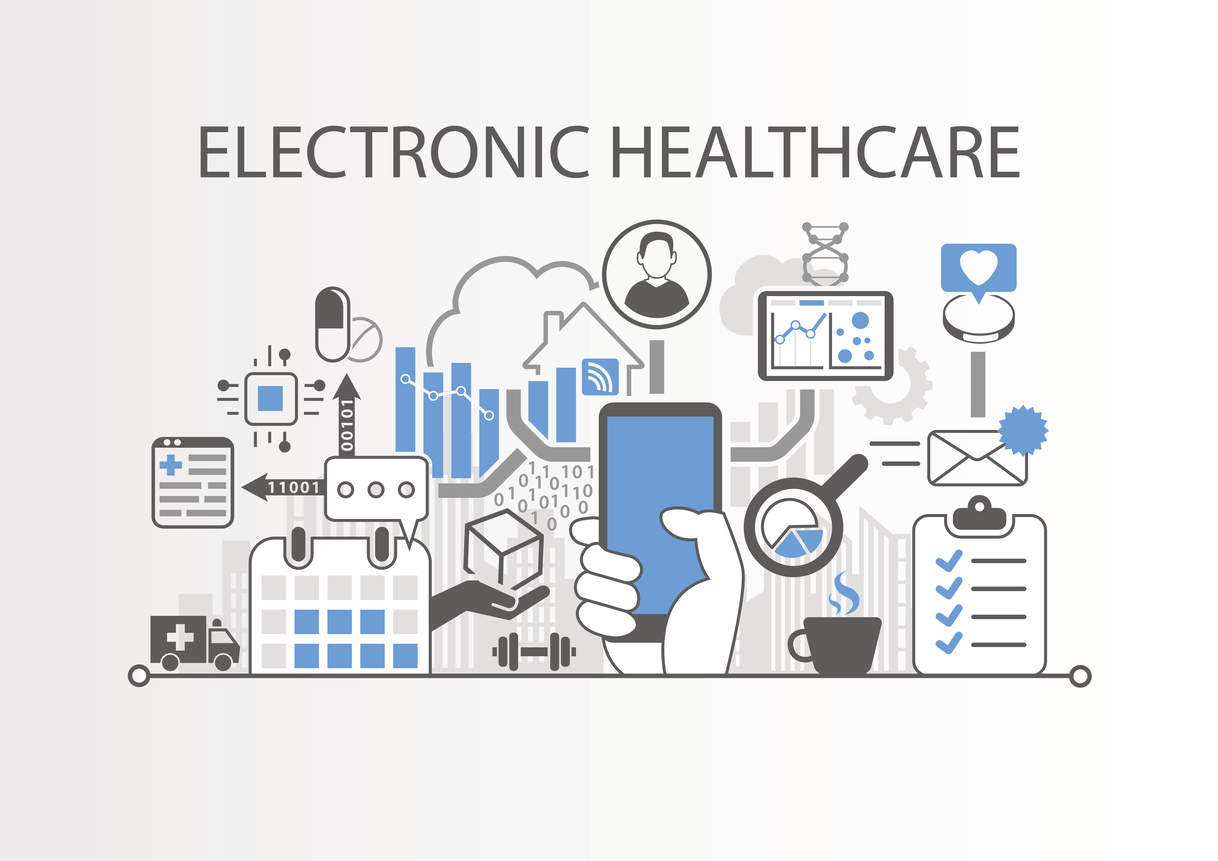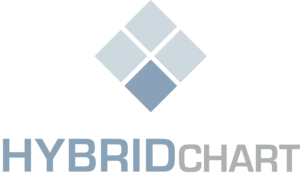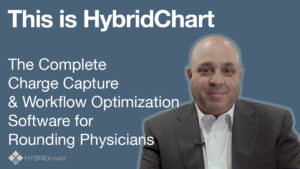To appreciate the shortcoming of electronic health records (EHR) we must first recognize what EHRs can contribute. They provide the mechanism for documenting encounters, procedures, vital signs, and physical exams. EHRs facilitate some, but not all of the workflow that clinicians follow in their everyday work. Practices use these software tools to provide documentation to support some, but not all billing codes. The EHR is the basis of the medical-legal record, which is critical for discovery and defense in the event of a malpractice claim.
That said, it’s important to address what’s needed beyond the EHR, to facilitate effective population health management (PHM).
Interoperability through a Care Collaboration Platform
A “care collaboration platform” could prepare organizations for PHM — today and in the future. Connecting disparate data sources, such as claims and clinical data, through a care collaboration platform would facilitate virtual collaboration across the practice or enterprise. Using communication tools and workflow features, the platform would ensure consistency and quick access to the latest patient information. Overall, this model could deliver a more comprehensive view, enabling professionals to better understand patient needs, identify and mitigate risks, and improve follow-up care.
Harnessing New Data Sources
A Care Collaboration Platform would make use of structured and unstructured data. Since unstructured data, such as procedure notes, observations and discharge summaries, comprises about 80% of the information in EHRs, uncovering this data helps to provide a full patient view. Intelligent processing could help paint a broader, more vivid picture of a patient’s clinical situation and needs.
Cognitive Computing to Empower Providers
Cognitive computing applications analyze enormous amounts of data from all kinds of sources and grow smarter through interacting with those applications over time. Interoperable cognitive applications can expand the function of the overall platform by utilizing standard application programming interfaces (APIs). These systems can identify data patterns across the population and use those insights to fine-tune the delivery of more optimal care. They can even help match patients and care managers whose personalities are well-suited to each other by first learning and then adapting to what factors motivate behavior change. Care plans are most effective when they are evidence-based and tailored to unique needs of patients and providers. Forward-thinking medical practices that have access to smart data can improve patient engagement through a shared decision-making process.
Fill the Gaps with the Smart IT Solutions
While EHRs can provide a basic foundation, to truly understand the whole patient and the whole population, organizations must supplement their EHRs with the right IT solutions.
—
Are you confident that your EHR is capturing all the right data leading to faciliate better practice collaboration, better patient outcomes, decreased costs and increased profitability? If not, you are probably leaving money on the table and will not receive the well-deserved benefit for all your hard work.
HybridChart’s low-cost real time work flow and charge capture solution can fortify your EHR’s data collection process by capturing the “right data,” leading to better patient outcomes and reduced cost of care. HybridChart’s cloud-based software will improve your profitability and patient outcomes based on your unique workflow, including census management, charge capture, secure messaging and discharge management. All of this can be directly managed from your smart phone or tablet.
Make it a New Year’s resolution. Start taking increased control of your profitability; fortify the cost-saving data capture and collaboration limitations of your EHR and start collecting more of your hard-earned money!







